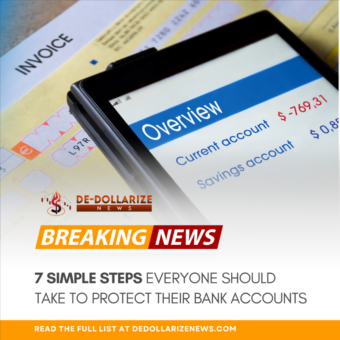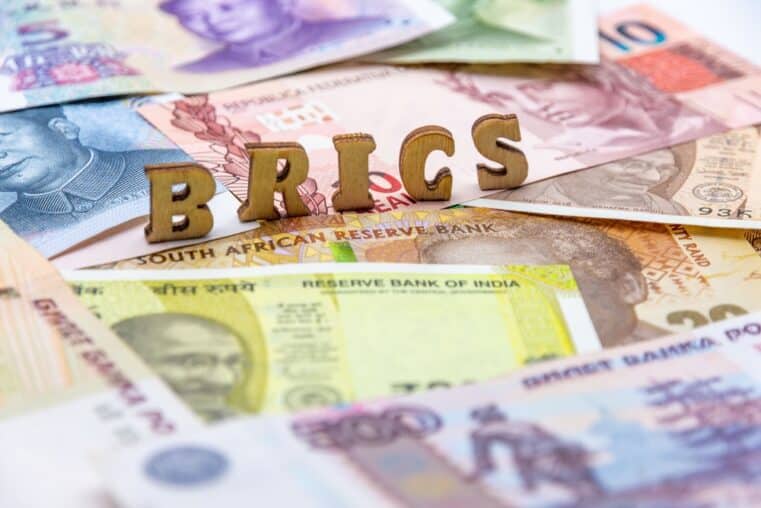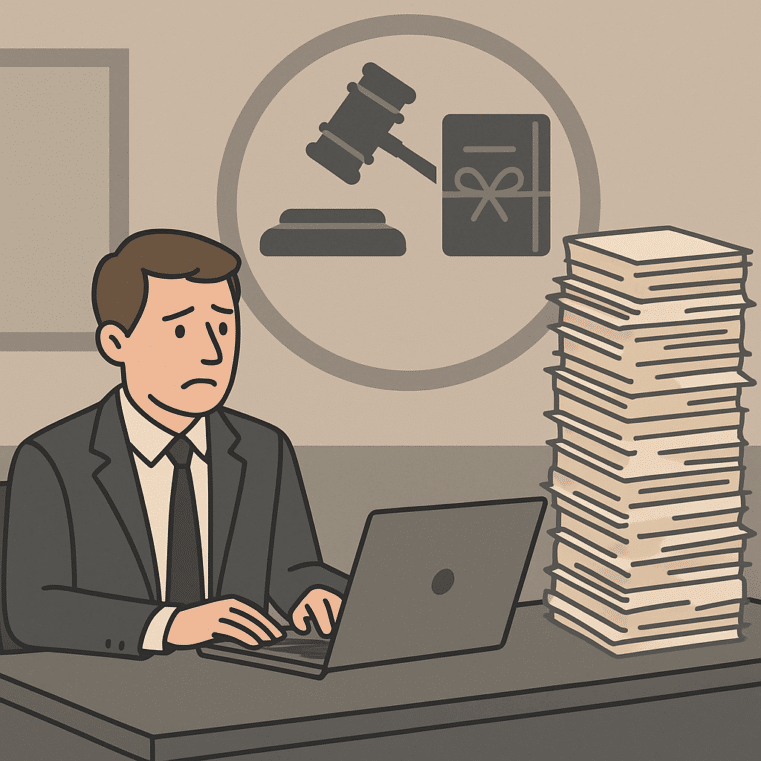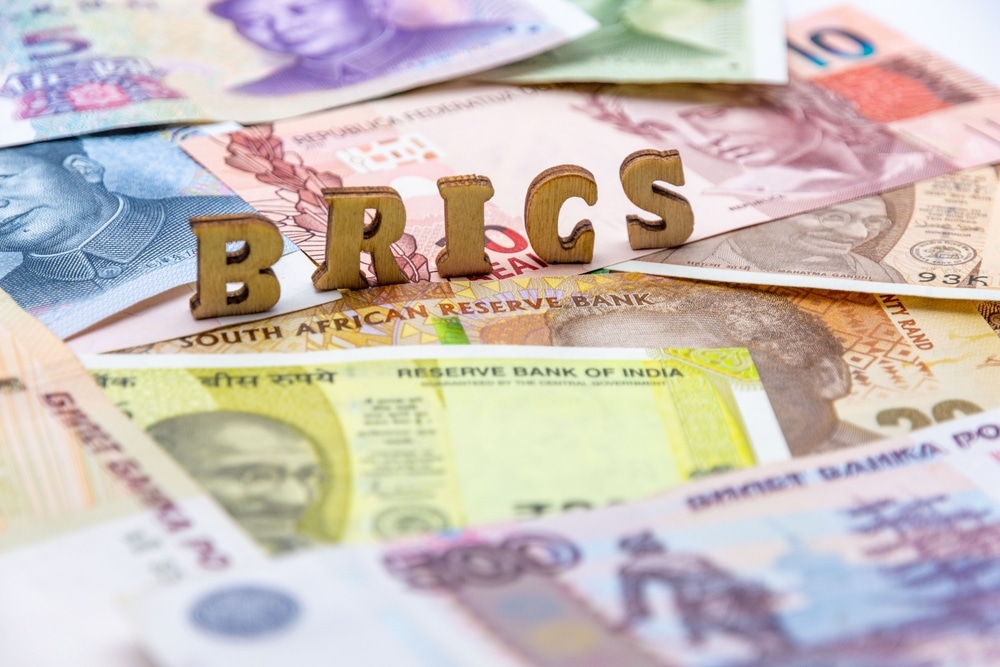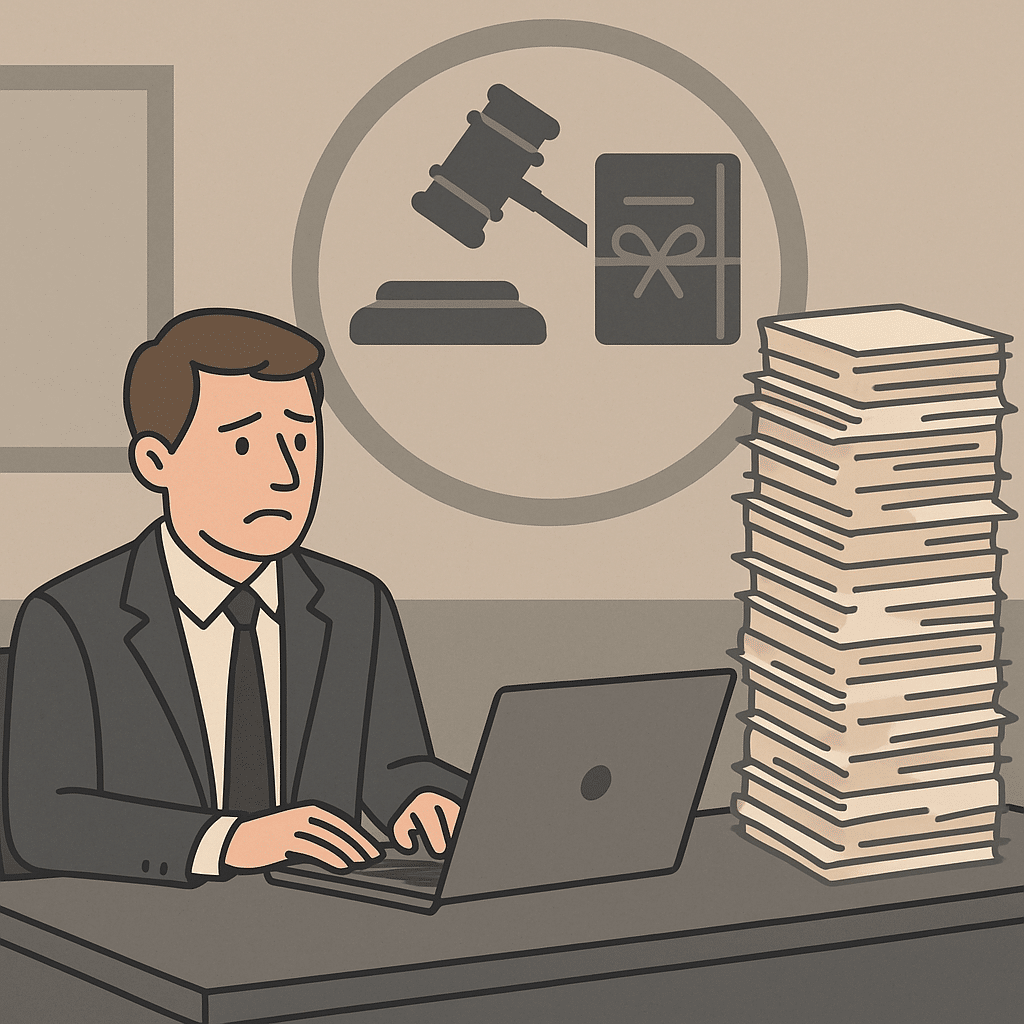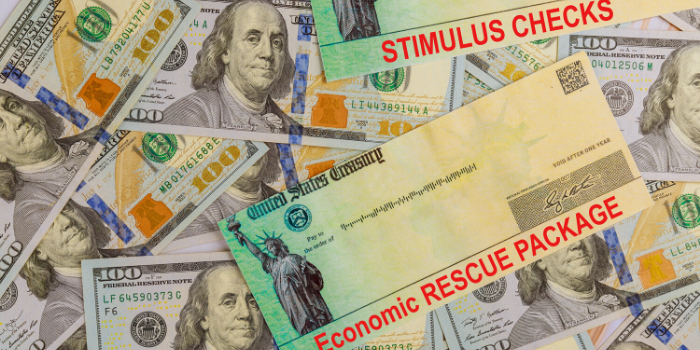
Fed Keeps the Lid on Trillions of Dollars in Secret Loans - Here's What it Means to You
Last week, the Fed issued a press release announcing a few actions in response to the current financial crisis brought on by COVID-19. In it, they touted their “strong record of transparency and accountability.”
While those words are to be taken as nothing more than a rhetorical exercise, in other words, to be taken with a grain of salt, the rest of the press release struck a more serious tone. The Fed announced that while they would be disclosing the names of those receiving huge amounts of taxpayer money through government bailout programs, they would not be fully disclosing the destination of trillions of dollars worth of loans. These loans include:
- The Repo Loan Program – This program has made over $9 Trillion in cheap, revolving loans to Wall Street firms.
- The Discount Window – This central bank loan system had over a $33 Billion balance last week that went to numerous banks unnamed.
- Primary Dealer Credit Facility – There is also more than $30 Billion outstanding through this borrowing facility that makes revolving loans at ¼ of one percent to Wall Street firms with stocks and other toxic investments like CDOs and CLOs as collateral.
There is also the little issue of the most mysterious accounting line of all. This is the outstanding balance in dollar swap lines of $409.7 Billion extended to unnamed foreign central banks.
Perhaps this shouldn’t be much of a surprise coming from the Fed. After all, it isn’t the first time that the Fed has battled desperately to keep their actions hidden from the American people and even Congress.
After the last financial crisis we faced in this country, the Fed spent three years in court in a legal fight with press outlets like Bloomberg News. This courtroom war was waged so they did not have to be transparent or accountable for the $29 trillion in revolving loans that they dished out to the biggest players on Wall Street and their cronies.
While the Fed lost this battle after trying to take it all the way to the Supreme Court (who rejected the case), they seemingly have learned little about “transparency and accountability.”
The Fed ended up releasing most of the information that Bloomberg was looking for thanks to a 2010 amendment to the Dodd-Frank Act. Unfortunately, as the language in Dodd-Frank stands now, they are not legally required to release much of the secret loan program mentioned above. So much for transparency.
With the current regulations, the data about the Discount Window and other programs does not have to be released for eight quarters (that’s two years!) after the loans were doled out. As for the Primary Dealer Credit Facility, Dodd-Frank doesn’t require that data be released until a year after the loan process is complete.
All this sounds very familiar. It is all incredibly reminiscent of how things were handled, poorly and secretively, by the Fed during the last financial crisis. They are still acting with no accountability and no transparency no matter what their press releases say.
Whether it’s Ben Bernanke, Janet Yellen, or current Fed chair Jerome Powell, the institution seemingly believes that the public has no right to know what it’s doing.
It believes it can create unlimited sums of money out of thin air whenever it wants (after all, they have a monopoly over the money supply), it can bail out their Wall Street and Big Bank cronies whenever they get themselves in trouble, and ultimately, the Fed understands that it is accountable to no one.
So, whether through well-meaning or illicit intent, the Fed’s range of power simply goes unchecked. Same old Fed. The only thing that can stand in the way of the Fed’s near-unlimited power is the yellow metal itself. And that’s why the “smart money” has been flocking to gold. With the Fed virtually in full control of the country’s economy, the smallest doubt would have any investor hedge. But what about bonds, another dollar-based asset?
As Ray Dalio told Bloomberg on April 14: "This period, like the 1930-45 period, is a period in which I think you'd be pretty crazy to hold bonds. If you're holding a bond that gives you no interest rate, or a negative interest rate, and they're producing a lot of currency and you're going to receive that, why would you hold that bond?"
As with all financial crises, gold eventually has its reckoning. And despite the current stock market rally taking place amid a backdrop of stunningly dismal economic data, you can be certain that the current surge in gold buying will only continue, particularly when mainstream investors realize that market optimism and economic fundamentals are two distinct factors way out of sync.

